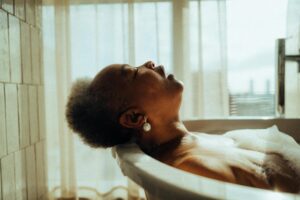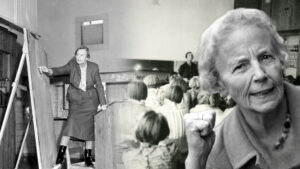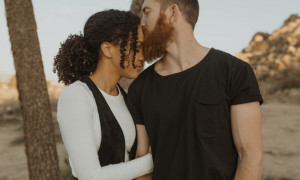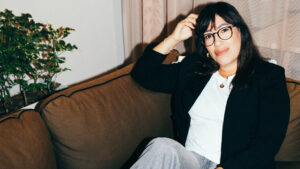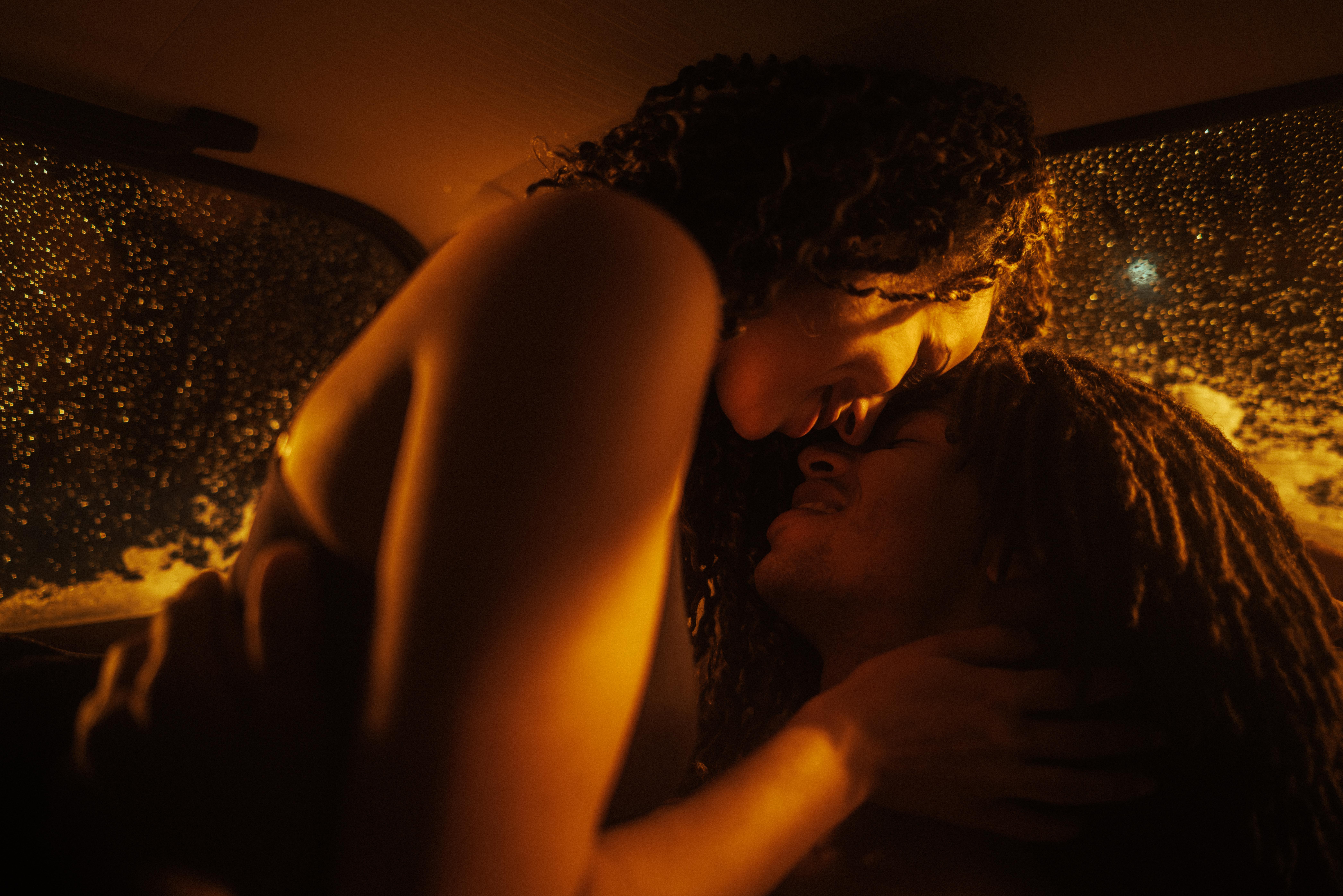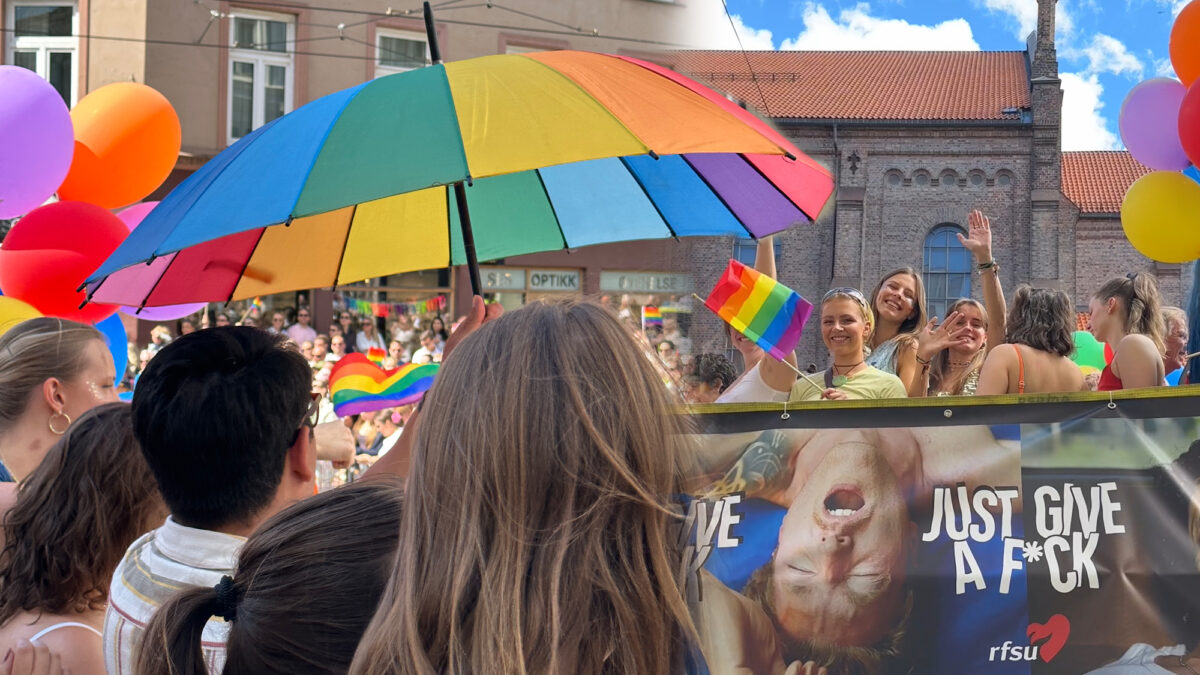
RFSU AB – proud partner to Pride
June is a month of Pride. During this month and throughout the summer, the annual Pride festival will take place in cities all over the world. And RFSU AB shares Pride’s values and is a proud partner to the festivals in Norway, Denmark, Finland and Sweden.
The Pride festival is about joy, happiness and celebration, a true tribute to the freedom of loving who you want – openly. But not everybody knows that Pride was born out of anger, desperation and frustration.
On June 28, 1969, what started as a routine police raid of the Stonewall Inn, a gay bar in New York City’s Greenwich Village, turned into a riot. Drag queens, lesbians and gay men decided they had had enough of constant harassment by the police. Four days of rioting ensued as the LGBTQIA+ community fought back against repression.
It wasn’t the first time gays and lesbians tried to assert their rights, but it sparked a spontaneous movement – all agree that the riots weren’t organized in any way – which was a turning point in the fight for LGBTQIA+ rights in the US and ultimately, the rest of the world.
Within months of the New York riots, the LGBTQIA+ community had started new organizations such as the Gay Activists Alliance and new publications such as Come Out!
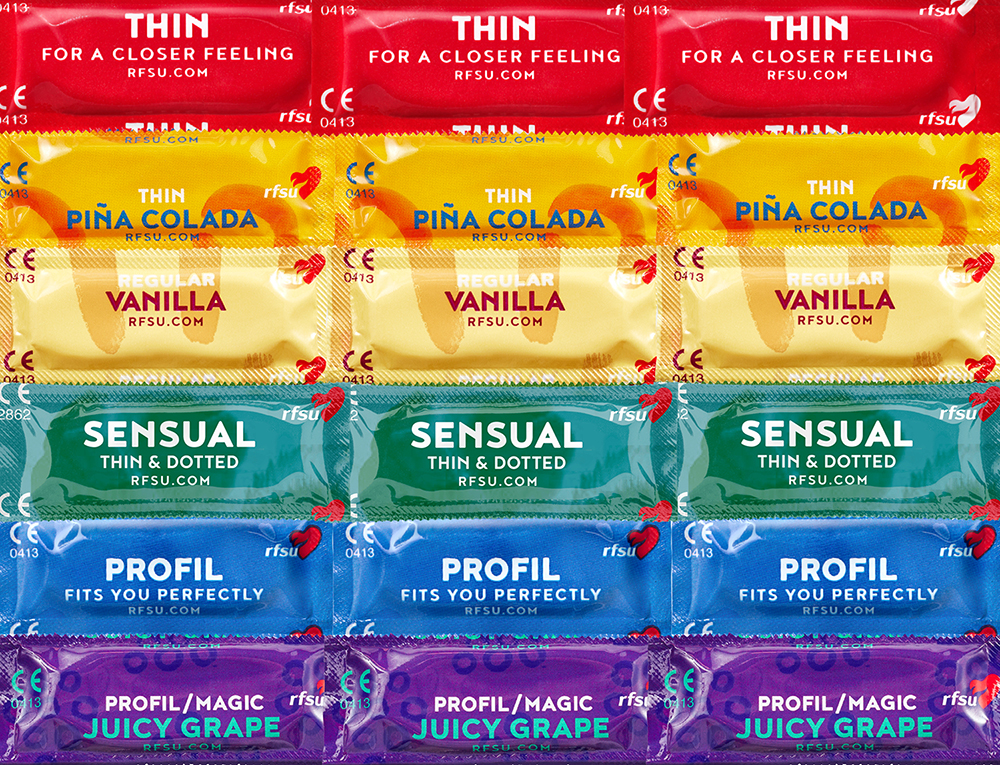
A push for change
Most importantly, a new activism had arisen that used the anger and frustration of the moment to successfully push for change.
The following year on the first anniversary of the riots, the very first Pride protests were held in New York as Christopher Street Liberation Day, while marches for gay liberation and freedom were held in Los Angeles, San Francisco and Chicago. Already by 1971, the movement to celebrate the day had grown, with marches held in Boston, Dallas and Milwaukee as well. And they weren’t confined to the U.S. either – marches were held that year in London, Paris, West Berlin and even in Sweden. By the end of the decade, marches were happening all over the U.S. and Europe.
By the 1980s, organizers started calling the marches Pride Parades, or simply Pride, and over time what started as a march of protest became a celebration that lasted a weekend or even a full week. In 1999, U.S. President Bill Clinton declared the month of June to be Gay and Lesbian Pride Month, in honor of Stonewall. U.S. President Barack Obama expanded it to include not just the L and the G but all of LGBT in 2011.
From a few to thousands
Pride has been celebrated in the Nordic region virtually from the start, in Norway already in 1974 and Finland following in 1981 (although the first demonstration was in 1974). Though it had demonstrations much earlier, Denmark’s first official Pride Parade was in 1996. With 50 000 participants and 500 000 people lining the streets, Stockholm has the biggest Pride parade in the region. Copenhagen has around 250,000 participants and spectators and in Helsinki 100,000 people braved the rain to participate in this year’s Pride parade. Oslo Pride broke records this year with 100 000 in the parade and over 80 000 visitors in Pride Park. Interestingly, the first Pride Parade in Sweden was in Örebro on May 15, 1971, when 15 people marched with a banner about LGBTQIA+ rights – before the first Pride Parade in Stockholm in 1977.
However, RFSU AB’s partnership with Pride started off in Norway.
“We became a partner of Oslo Pride in 2018 when I started at the company,” says Pål Hansen, Brand Manager RFSU AS, Norway. “I am personally engaged in the gay movement and think it’s important to be a role model.

At RFSU, we want to create a community that is open for all people, and Pride is a festival that totally expresses that message, so it felt very natural to choose to support the festival. Pål Hansen, Brand Manager RFSU AS, Norway
The condom in the spotlight
“Oslo Pride is an event for celebration, love and diversity, says Pål Hansen. “But it is also a good moment to remind people of the importance of using condoms.
“This year we have taken the opportunity to do some ‘guerilla marketing’ in different places in Oslo during the festival, and used photos of orgasmic faces from our eyebrow-raising campaign ‘Just give a f*ck.’ We also gave out free condoms during the festival.”
Another move to draw attention to the condom is that anyone who came with a condom to the Pride Park could skip the queues and get fast track entry to the festival. The message is that there are many advantages to using a condom: safer sex plus faster queuing at the festival.
The initiative is a collaboration among RFSU AS, Oslo Pride and Helseutvalget, an organization working to promote sexual and mental health, especially within the LGBTQIA+ community.
During Pride week in Oslo, RFSU AS also had a collaboration with the organization Sex & Politikk and the association Sex og Samfund, with talks about, for example, gender and sexual diversity as well as different activities.
“The collaboration with Oslo Pride means a lot to us, and it’s nice to be able to give some of our profits back to the festival and their work for love and diversity,” says Pål Hansen.
Products with a dual purpose
RFSU AB is also supporting Copenhagen Pride and Helsinki Pride, as well as Stockholm Pride.
In Denmark RFSU AB participates at Copenhagen with the sister organization Sex & Samfund.
This year is the third year we march together with our brand message ‘For the Freedom of Every Body Anette Otterström, Head of Brand & Communication Nordic, RFSU AB
At Stockholm Pride, both the Swedish Association for Sexuality Education (RFSU) and RFSU AB will be present.
“Pride is an important arena for RFSU to highlight everyone’s right to be, to make choices and to enjoy life,” says Isabel Lind, Project Manager Sexual Education and Association Secretary RFSU Stockholm.
And the condom will get some extra attention at Stockholm Pride as well, where RFSU AB will be handing out condoms as a symbol of everyone’s right to love and be who they are.
The participation with Pride has no commercial purpose for RFSU AB.
“Many companies and brands collaborate with Pride and even do special Pride products to market and sell for commercial purposes. Our commitment at Pride is unique and the opposite of pink washing,” says Anette Otterström, Head of Brand & Communication Nordic, RFSU AB.
While RFSU AB has been manufacturing condoms since 1976, not everyone who buys condoms from RFSU is aware that the profit from the sales of them has a dual purpose.
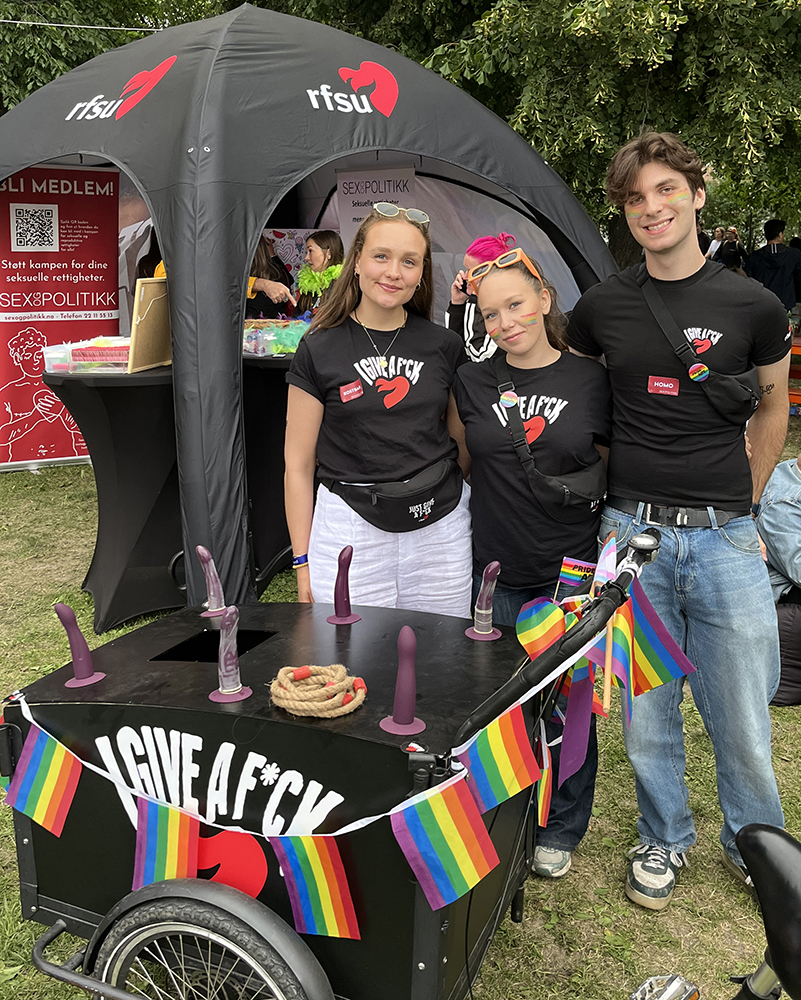
“By using our condoms, you’re not only protecting yourself and your partners, you also contribute to improved sexual and human rights in the world, since the profit of all our products goes to finance the long-term work of RFSU,” says Anette Otterström, Head of Brand & Communication Nordic, RFSU AB.
Shared values
The partnership RFSU AB has with Pride in the Nordic region is also a way of supporting inclusivity and diversity.
“Standing up for human and sexual rights is at our core,” says Maria Uusi-Rauva, Brand Manager at Suomen RFSU Oy, in Finland. “We share the same values with Pride, and that is why it’s very natural for us to support the festival.”
Maria Uusi-Rauva points out that homosexuality is still illegal in some parts of the world, and the fight for LGBTQIA+ rights can never take a rest.
Even in Finland, the right of equal marriage became legal in Finland only as recently as 2017. And banning conversion therapy is currently under consideration by the Finnish parliament.
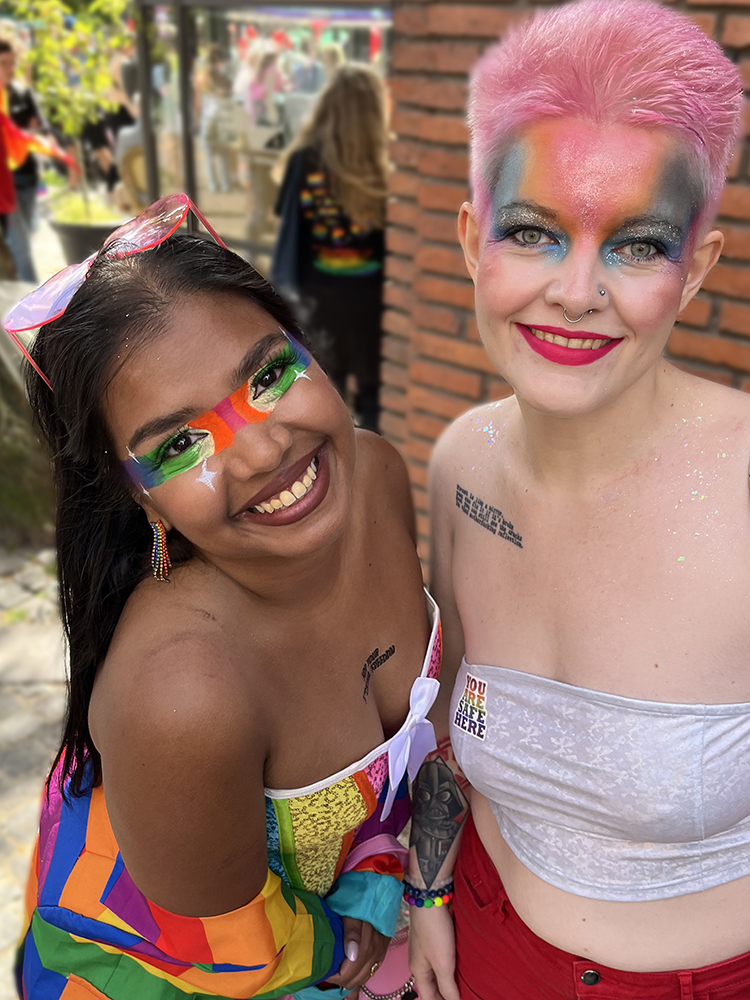
At RFSU, we want to do our share to stand up for sexual rights. Supporting Pride is one way for us to do that Maria Uusi-Rauva, Brand Manager at Suomen RFSU Oy, in Finland
Yet despite how widespread the festival is, the need for Pride never goes away. A great number of countries have banned Pride outright – Russia, Saudi Arabia, Kenya and Somalia to name a few, and most recently, Hungary. Which is all the more reason to go out and celebrate if you can, wherever you are.
Happy Pride!
About Pride
The purpose of Pride is to make LGBTQIA+ issues visible, and create a safe environment for homosexual, bisexual, trans and queer people and all the gender expressions within the LGBTQIA+ movement.
While Pride originated in the U.S., today it is celebrated on every continent in countries from India, Japan, Taiwan, the Philippines, Israel and Lebanon to Argentina, Brazil and Chile, from Mauritius and South Africa to Mexico, Barbados and Canada, not to mention most European countries.
While Pride is typically celebrated in June in honor of Stonewall, some cities and countries celebrate it at different times due to weather, conflicting holidays or other reasons. Like Stockholm and much of Sweden, which celebrates in July/August to avoid conflicting with Midsummer. Or Sydney, Australia where Pride is celebrated in conjunction with Mardi Gras.
The largest ever Pride gathering on record was the Stonewall 50 – WorldPride NYC 2019 event, with an estimated +5 million people taking part over the final weekend, 4 million of whom attended the Pride March. But São Paulo holds a close second, with up to 5 million attending its pride parade in 2017. Europe’s biggest Pride is in Spain, which had 3.45 million attending the parade in Madrid in 2017 during WorldPride.
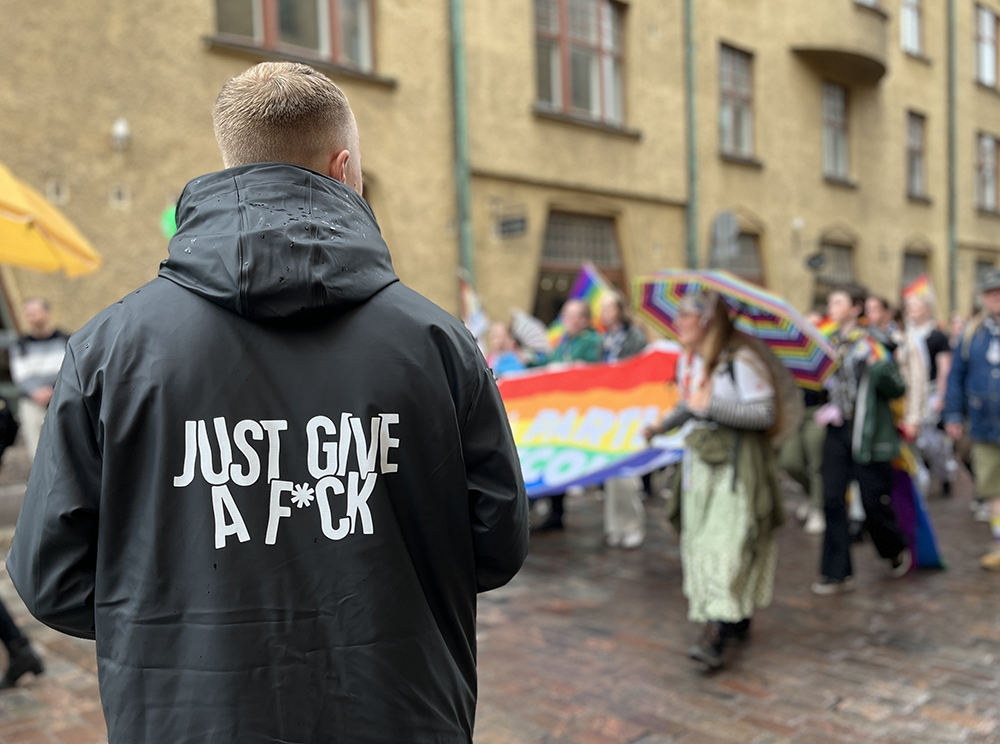
The Rainbow Flag
A symbol of LGBTQIA+ Pride, the first rainbow flag was designed by Gilbert Baker, together with Lynn Segerblom along with other activists, and it flew at the Gay Freedom Day Parade in San Francisco in 1978. It was created at the behest of the pride committee and the design was probably inspired by the Brotherhood Flag of 1938, which featured stripes representing different races. Each of the stripes of the rainbow flag had a different meaning: red for life, orange for healing, yellow for sunlight, green for nature, blue for serenity and violet for spirit.
Since its debut, the rainbow flag has become a symbol for LGBTQIA+ rights around the world, inspiring a range of other flags that either expand on or represent other sexual minorities within the LGBTQIA+ community. Such as the bisexual flag of pink, purple and blue and the transgender flag of pink, blue and white.
These days, the popular rainbow flag is often flown with a more complex design featuring the original rainbow stripes overlaid with a chevron of black, brown, pink, blue and white that captures not just the transgender colors but also adds the black and brown of underrepresented LGBTQIA+ people of color.


